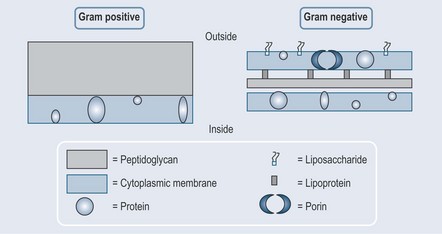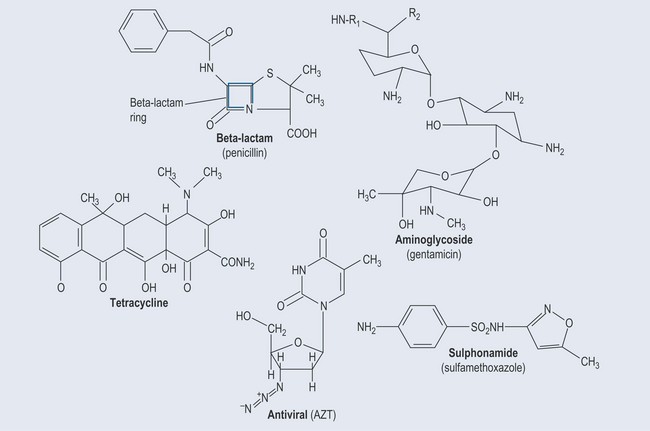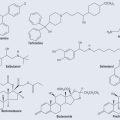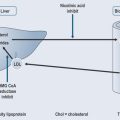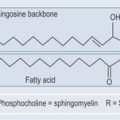Chapter 29 Antimicrobials
Bacterial Structure
The function of the cell wall of a bacterium is to:
• Maintain the cell’s characteristic shape: to prevent the phosphoplipid membrane of the cell wall from adopting a spherical shape.
Gram-Negative Bacteria
Gram-Positive Bacteria
• Gram-positive cocci or bacilli have more specific nutritional requirements. Several bacteria lack some synthetic abilities and require various amino acids, vitamins and accessory factors for growth
However, these characteristics do not always hold true:
• Some cocci, rickettsias, the Chlamydias and spirochaetes are Gram-negative and have exacting growth requirements.
• Mycoplasmas lack a rigid wall structure; although technically Gram-negative, they are a separate group.
Finding medication that is effective against these microorganisms is anything but straightforward.
The Bacterial Cell Wall
• Gram-Positive Bacteria
Antimicrobial Medication
Main Antibiotic Groups
• Aminoglycosides
• Tetracyclines
• Bind to calcium (can therefore be incorporated into teeth and bone structure, causing discoloration of teeth and impairment of bone formation). Avoid taking with milk.
Facts Associated with Antibiotics
• Age and health are important factors in dosage and response to the drug (see Chapter 19 ‘Pharmacodynamics: how drugs elicit a physiological effect’ p. 143).

